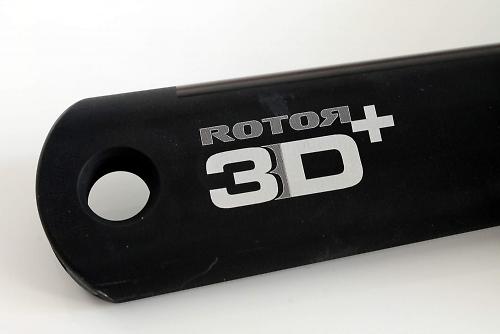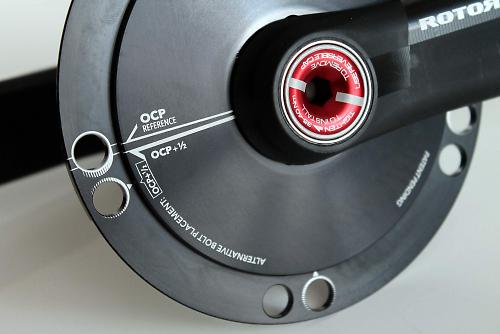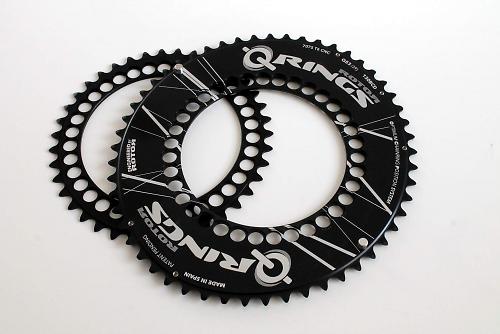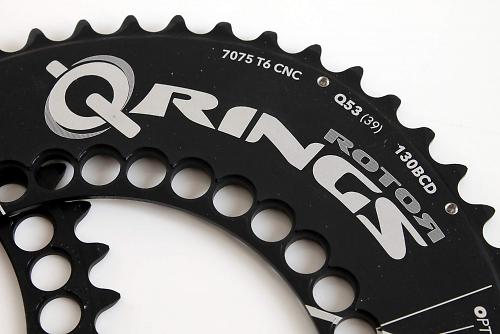- News
- Reviews
- Bikes
- Accessories
- Accessories - misc
- Computer mounts
- Bags
- Bar ends
- Bike bags & cases
- Bottle cages
- Bottles
- Cameras
- Car racks
- Child seats
- Computers
- Glasses
- GPS units
- Helmets
- Lights - front
- Lights - rear
- Lights - sets
- Locks
- Mirrors
- Mudguards
- Racks
- Pumps & CO2 inflators
- Puncture kits
- Reflectives
- Smart watches
- Stands and racks
- Trailers
- Clothing
- Components
- Bar tape & grips
- Bottom brackets
- Brake & gear cables
- Brake & STI levers
- Brake pads & spares
- Brakes
- Cassettes & freewheels
- Chains
- Chainsets & chainrings
- Derailleurs - front
- Derailleurs - rear
- Forks
- Gear levers & shifters
- Groupsets
- Handlebars & extensions
- Headsets
- Hubs
- Inner tubes
- Pedals
- Quick releases & skewers
- Saddles
- Seatposts
- Stems
- Wheels
- Tyres
- Health, fitness and nutrition
- Tools and workshop
- Miscellaneous
- Cross country mountain bikes
- Tubeless valves
- Buyers Guides
- Features
- Forum
- Recommends
- Podcast
TECH NEWS
Just in: Rotor Flow aerodynamic cranks arrive
We first saw the new Flow cranks from Rotor at last year's Tour de France and then at Eurobike, and now we’ve managed to get our hands on a set, as they’ve just arrived in the office for testing.
First seen on the bikes of Team Garmin Sharp when they were still being product tested and developed, the new Flow cranks are the Spanish company’s aero offering. Aerodynamics is becoming one of the biggest concerns with manufacturers and professional racers, and Rotor realised they could make a faster crank than their standard 3D setup.
The Flow was developed then in collaboration with Garmin Sharp and developed using the latest computational fluid dynamics (CFD) software, which uses algorithms to simulate testing in a wind tunnel. Such software not only is a lot cheaper than hiring a wind tunnel, but allows for easier development of the product.
Shaped to be more aerodynamic through the full 360 degree rotation, the arms are sculptured with a smooth rounded profile. Aero product releases aren’t anything without a few claims of increased speed, and here Rotor reckon you can save in the region of 6 seconds on a 40km time trial, if averaging 200 watts. With the booking of a wind tunnel beyond the road.cc budget, we’ll have to take their word for it.
Away from their claimed speed increase, Rotor also point to a 10% stiffness increase compared to any other aero cranks. They’re also light as well, weighing just 558g on our scales (with no bottom bracket or chainrings). Rotor use a unique drilling process to eliminate excess material from the arms. They drill three full-length holes from the axle to pedal.
The cranks are compatible with most bottom bracket standards, from 24 to 30mm axles, with Rotor’s UBB (Universal Bottom Brackets) system.
The cranks feature Rotor’s unique Micro Adjust Spider (MAS) that makes for easy and perfect setup with their chainrings, because there’s more available positions. The MAS gives five different positions and there are five available with the chainrings, with 2.5 degrees of adjustment between each setting, so you can precisely tune the orientation.
The idea behind the non-round Rotor rings is a simple one. They effectively give you a smaller chainring when the pedals are at the top/bottom of the stroke, to help you push through the dead spot. At the point where you produce most power in the stroke, about the 4 O’clock position, you have a bigger chainring in effect to push against. The difference is 51t at the top and 56t where maximum power is released. We won’t go into too much detail now, but there’s loads on the Rotor website.
Of course, there’s nothing stopping you using the crank with regular round chainrings if you prefer to stick to what you know, and still benefit from the marginal aero advantage.
So the cranks are more aero, what about the chainrings? Rotor have released the new 130 BCD Aero chainring as well, which we have here. A 53/39t chainring combination is heavier than a regular Rotor version, 173g compared to 120g, but they’re claimed to be more slippery in the air than their standard chainrings.
Flow cranks are available with 170, 172.5 and 175mm arms. There’s a 130 BCD and 110 BCD version and they’re compatible with 10/11-speed groupsets. Cost is £399 for just the cranks, and a chainring set costs £159-180.
More info at www.rotoruk.co.uk
David worked on the road.cc tech team from 2012-2020. Previously he was editor of Bikemagic.com and before that staff writer at RCUK. He's a seasoned cyclist of all disciplines, from road to mountain biking, touring to cyclo-cross, he only wishes he had time to ride them all. He's mildly competitive, though he'll never admit it, and is a frequent road racer but is too lazy to do really well. He currently resides in the Cotswolds, and you can now find him over on his own YouTube channel David Arthur - Just Ride Bikes.
Latest Comments
- Jogle 3 min 52 sec ago
You can get closer: https://maps.app.goo.gl/NN2ZnDjCJE1MjEWHA?g_st=ac You do have to wonder how it got that far
- chrisonabike 2 min 22 sec ago
There's an interesting political thing. In my anecdata "right-wing" parties (e.g. "protect locals, cut taxes / deregulate to increase ...
- chrisonabike 11 min 34 sec ago
More clearance damnit!!!
- tigersnapper 16 min 30 sec ago
I've done the 167 course a couple of times and it is a great ride. The marketing stuff gives the value added to the local economy through this...
- the little onion 1 hour 23 min ago
It isn't really about the trees. That much is clear
- SimoninSpalding 1 hour 28 min ago
I have some video and correspendence I must send through at some point....
- David9694 2 hours 41 min ago
These things don't generally wind up in court - that prospect functions as a kind of glue for the months / years of wrangling over money that...
- David9694 3 hours 3 min ago
Ashford residents say roadworks are plaguing town with closures on Kennington Road (A2070), Newtown Road, and more...
- chrisonabike 3 hours 28 min ago
Good news on the destructive testing - angle grinder brute force is how I lost a bike. Obviously I implicitly trust manufacturers' publicity...
- dubwise 14 hours 30 min ago
So cyclists will be punished far heavier than killer drivers. Sums up the fkd up UK.

















Add new comment
3 comments
And what price is 6 seconds? (or watt price!)
"Aero product releases aren’t anything without a few claims of increased speed, and here Rotor reckon you can save in the region of 6 seconds on a 40km time trial, if averaging 200 watts."
Sounds like my sort of power output.... think the pros will be putting out a few more watts though?
VERY nice, I was just complimenting someone one their Rotor set up yesterday, but I'm on triples now.....I've never seen a triple Q ring set up